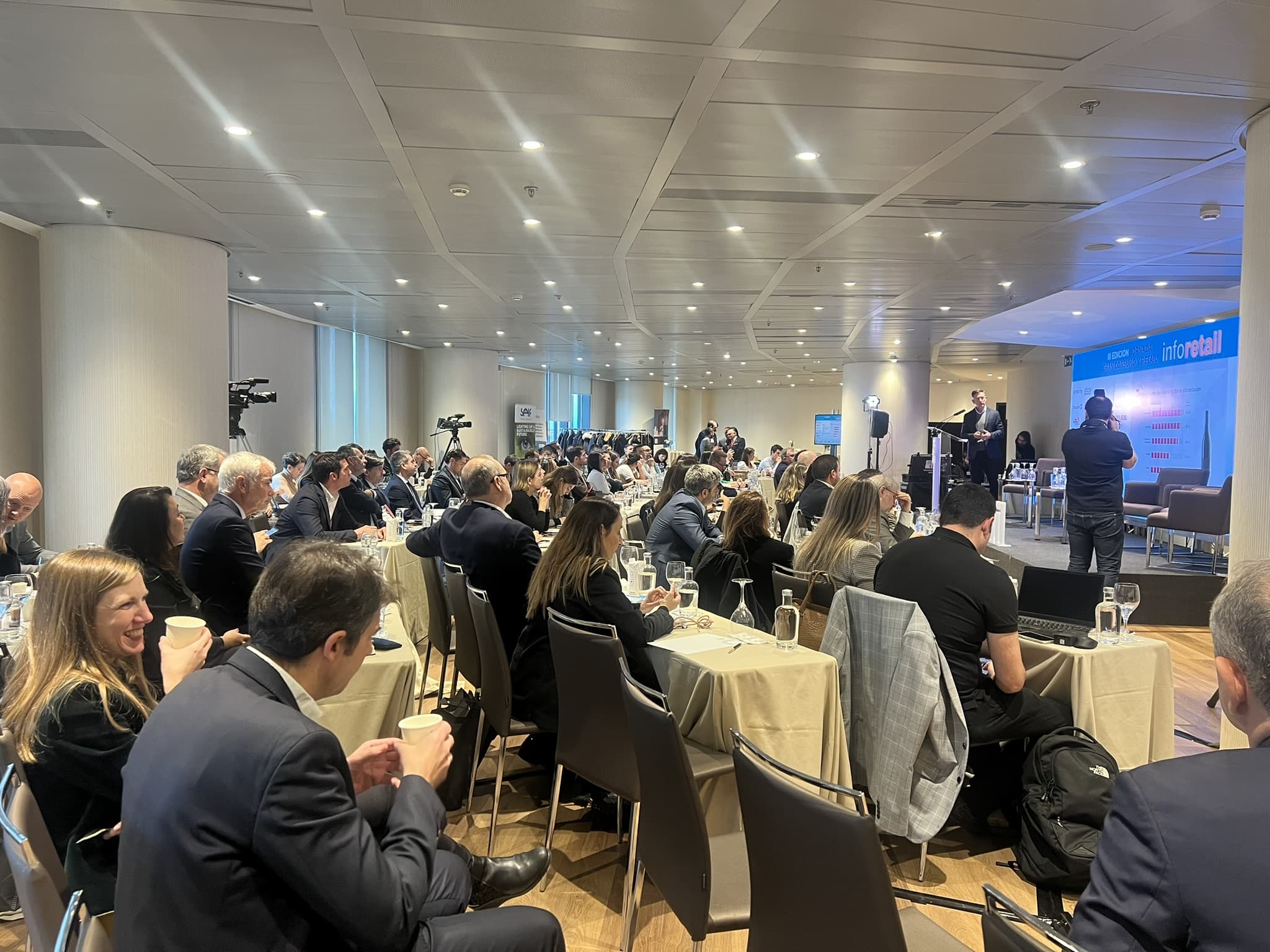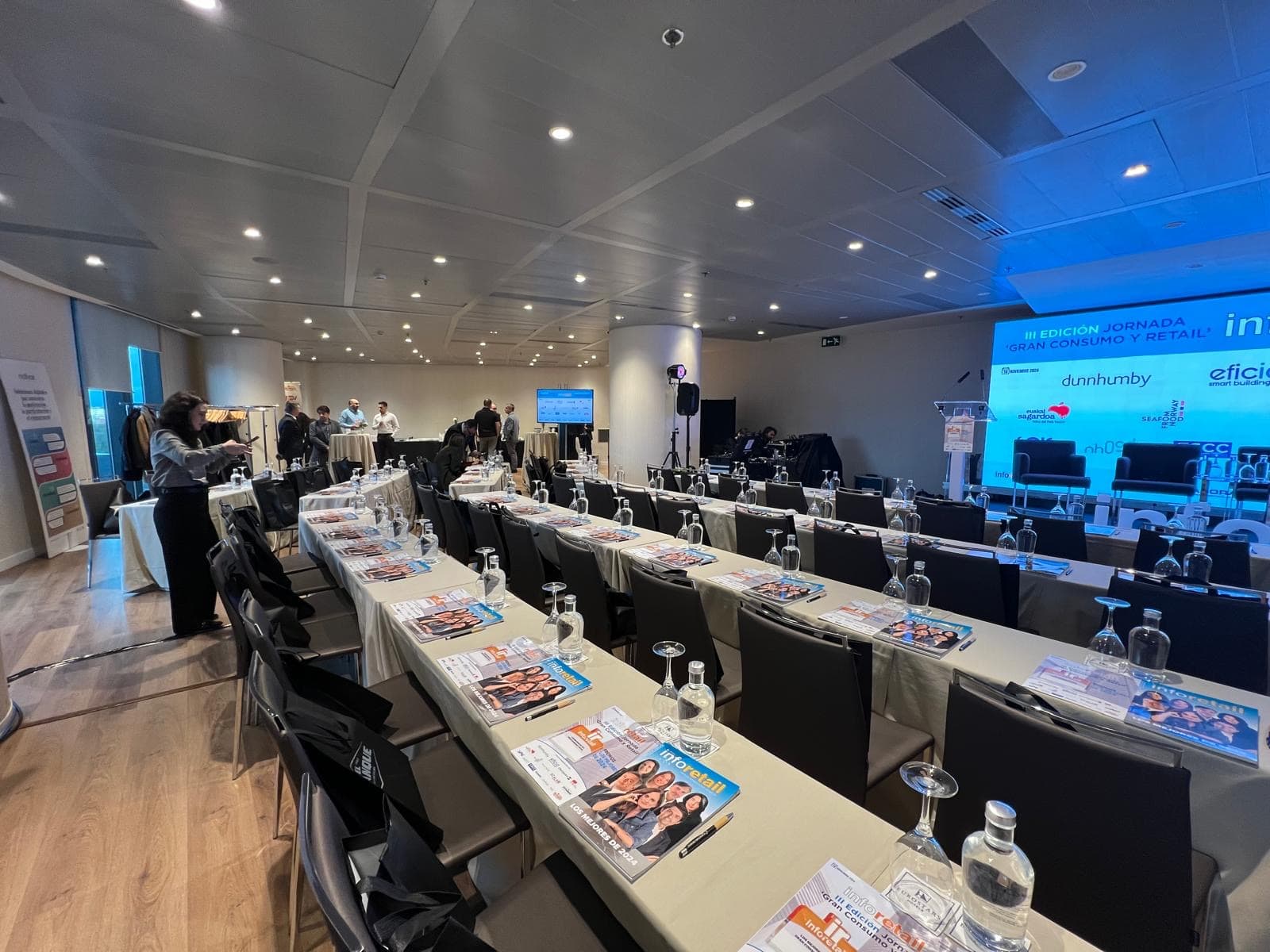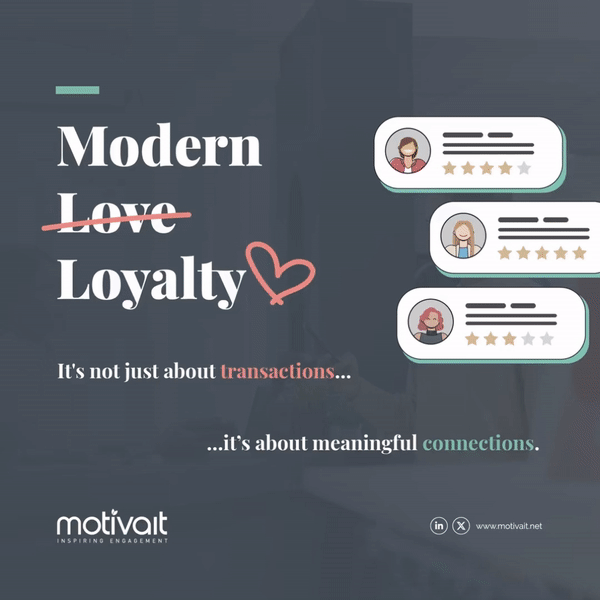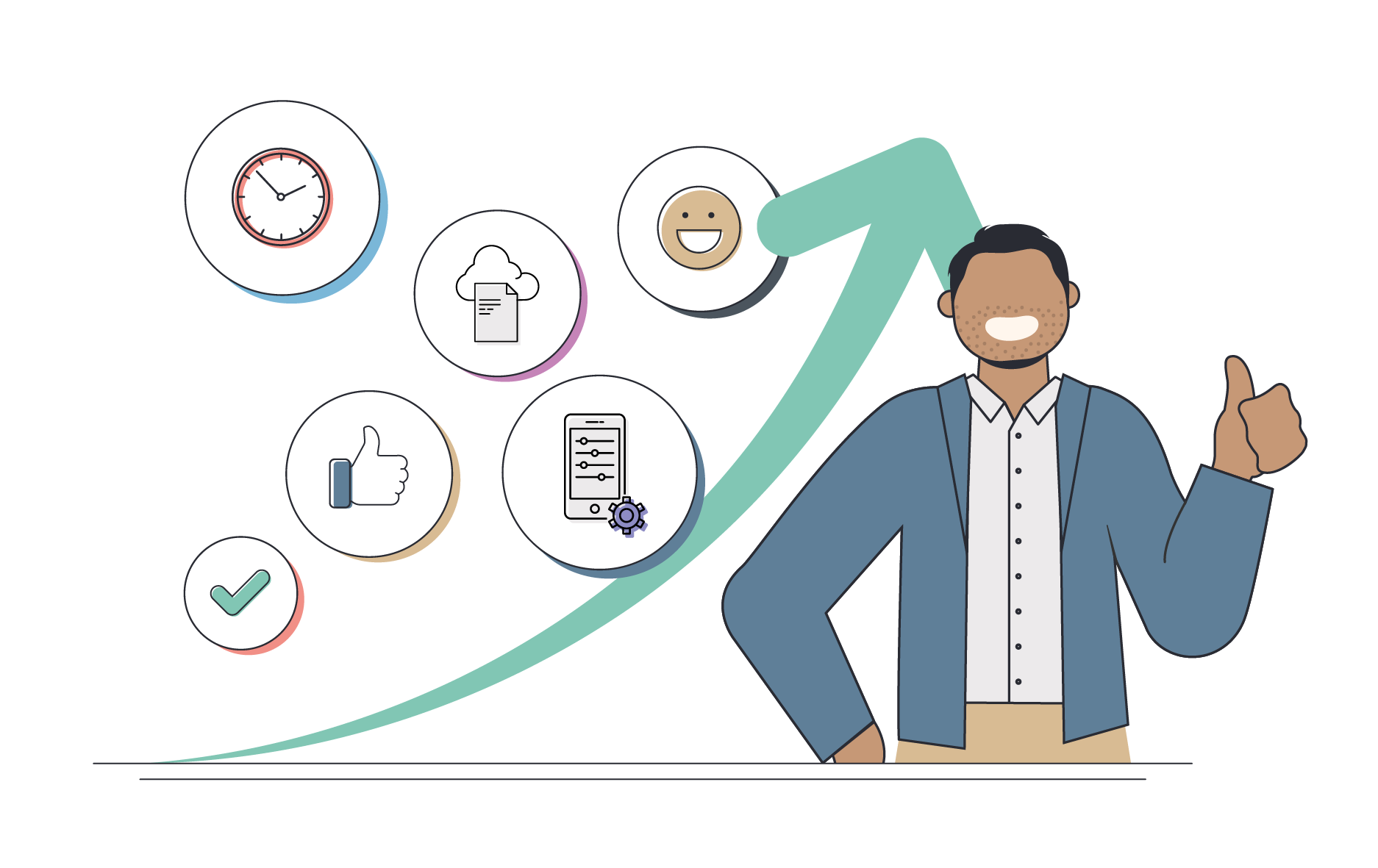On November 14th, the 3rd Annual “Mass Consumption and Retail” Conference, organized by Revista infoRETAIL was held at the Eurostars Madrid Tower Hotel. The event focused on key trends shaping the future of the sector, including advancements in artificial intelligence and the growing importance of emotional loyalty.
Our participation offered a valuable opportunity to engage with attendees, sharing perspectives on the latest trends and the current state of the retail industry in Spain. Together, we explored strategies to address emerging challenges and discussed the tools available to drive growth and adapt to the evolving behaviors of employees and consumers alike.


Our CEO, Antony Jones, emphasized the critical role of emotional connections in fostering deeper customer engagement and long-term loyalty. He also highlighted the importance of empowering employees by enhancing their motivation, engagement, and performance, while prioritising the retention of top talent—a vital asset for any retail business.
Furthermore, he explored how digital solutions can help brands build value-driven relationships, rooted in emotion and delivered through memorable experiences that amplify brand growth and customer affinity.

We thank Jesús Lozano and the entire InfoRETAIL and Ágora teams for delivering an exceptional event. It provided a great opportunity to exchange ideas and connect with professionals who, like Motivait, are leading the transformation of the sector.




